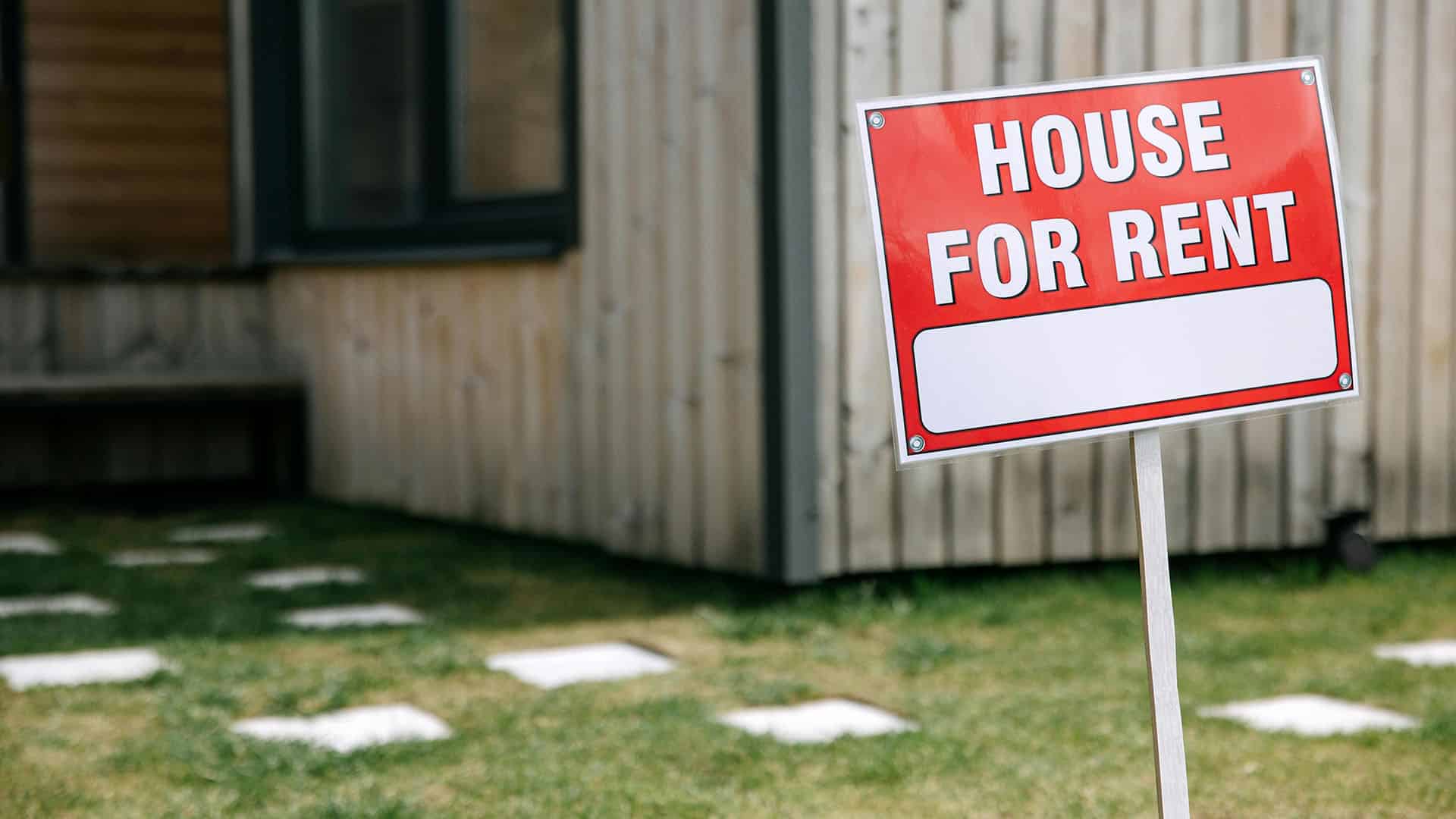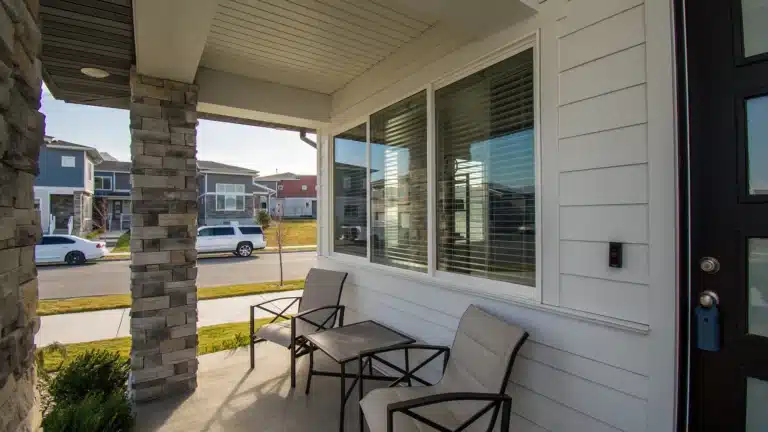First impressions matter more than ever. Whether you’re trying to sell a house or rent out an apartment, potential buyers or tenants often make snap decisions based on what they see online. This makes visual presentation critical.
Traditional home staging can be expensive and time-consuming, but virtual staging offers a modern, cost-effective alternative. By digitally furnishing and decorating empty spaces, virtual staging allows real estate agents and homeowners to showcase a property’s full potential.
From enhancing listing photos to helping clients envision themselves in a space, the right virtual staging techniques can dramatically improve engagement and drive conversions.
Here are some effective virtual staging tricks that can help attract more buyers or renters to your listings.
Highlight the Property’s Best Features
The primary goal of virtual staging is to draw attention to a property’s strengths while minimizing its weaknesses. This means emphasizing elements like spacious living areas, natural lighting, modern kitchens, and attractive flooring.
Use virtual furniture and décor that complements the architectural style of the home and positions these features as focal points. For example, placing a sleek dining table beneath a pendant light or a plush sofa near a fireplace can immediately communicate comfort and livability.
Avoid clutter or overpowering items that might distract the viewer. Keep the layout clean and open, allowing each room’s best attributes to shine.
Stage for Each Room’s Purpose
One of the most impactful virtual staging strategies is giving each room a clear, defined function that aligns with buyer or renter expectations.
Ambiguous or empty spaces often leave people wondering how they would use the area, which can create hesitation. Virtual staging can transform a spare room into a home office, a gym, or a cozy guest bedroom depending on the market.
If a space was previously cluttered or misused, it’s helpful to remove furniture from photos and reintroduce digitally staged pieces that clarify the room’s purpose. This intentional presentation allows viewers to instantly imagine themselves living there, making the property far more appealing and functional.
Tailor the Décor to the Target Market
Understanding your target audience is key to successful virtual staging. A trendy downtown loft might appeal to young professionals, so opt for modern, minimalist furniture and bold artwork. A suburban family home would benefit from a cozy, warm staging style with child-friendly details like a nursery or playroom.
By customizing the décor to match the lifestyle and expectations of likely buyers or renters, you create an emotional connection that makes the property feel like home. This personalization can significantly increase the perceived value of the space and lead to quicker, more competitive offers.
Use Consistent Style and Color Palette
Consistency is a subtle but powerful aspect of virtual staging. Mismatched styles and clashing colors can confuse or alienate potential buyers.
Choose a cohesive theme that flows naturally from room to room. This doesn’t mean every piece must match exactly, but they should all contribute to a unified atmosphere. For example, sticking to neutral tones with occasional color pops creates a modern but inviting feel.
A rustic farmhouse aesthetic can be carried throughout the home using wood textures and warm hues. A consistent design approach enhances the perceived harmony and balance of the space, making the entire property feel more polished and well-maintained.
Include Outdoor and Transitional Spaces
While staging the interiors is important, don’t neglect outdoor areas and transitional spaces like balconies, patios, entryways, and garages. These areas often serve as deciding factors for buyers or renters, particularly in warmer climates or urban settings.
Virtual staging can turn an empty balcony into a charming bistro nook or a bland patio into a lively entertainment space. Even simple touches like potted plants, outdoor seating, or welcome mats can make a big difference in how a space is perceived.
These enhancements help complete the lifestyle image you’re trying to sell and increase the appeal of the property.
Use High-Quality Images and Software
Even the best virtual staging ideas fall flat if the execution is poor. Low-resolution images, unrealistic shadows, or misaligned furniture can make your listing look amateurish and untrustworthy. Invest in high-quality photographs and reliable virtual staging software that allows for realistic textures, lighting, and proportions. Work with experienced virtual staging professionals who can fine-tune details and ensure the final product looks natural.
The goal is to blend digital elements seamlessly into the original image so viewers aren’t distracted by imperfections. Polished visuals will capture more attention and leave a stronger, more professional impression on potential clients.

Virtual staging is a strategic marketing tool that can significantly enhance a property’s online presentation. By focusing on the right areas and using these tricks effectively, you can create listings that resonate with your audience and prompt faster, more enthusiastic responses.
Whether you’re looking to attract renters for a high-rise apartment or buyers for a family home, virtual staging can transform how people see your space, and how quickly it sells or rents.



